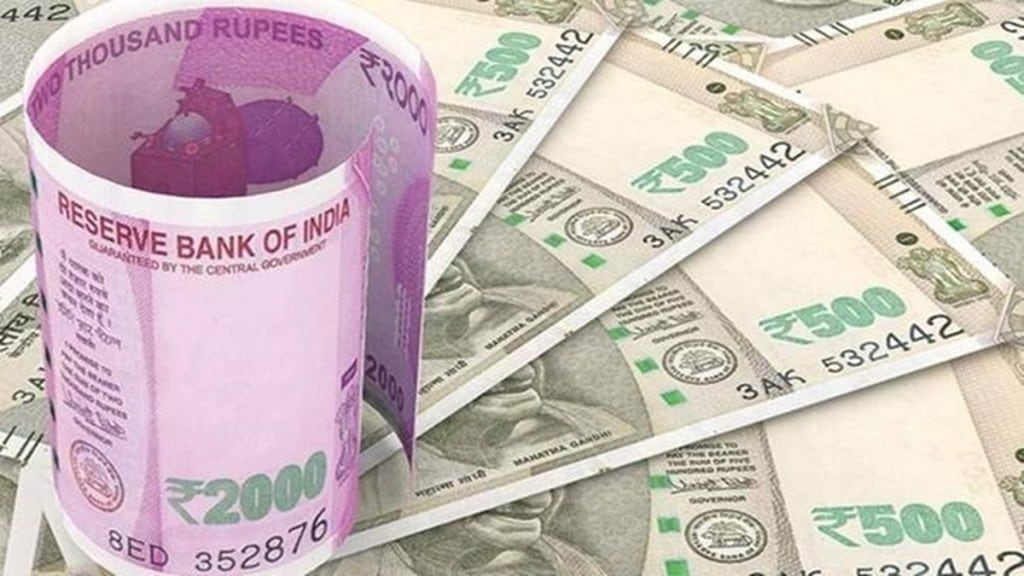By Karan Bhasin
With the release of recent economic data in India, there has been several attempts to dissect the data and interpret it in a variety of ways. There remains considerable disagreement regarding the state of the economy, its likely future trajectory, and recent economic performance. This disagreement is not new, but rather a function of different hypotheses and competing narratives.
Some might wonder how the same information can contribute to professional commentators, economists and policy wonks drawing different, often contrary conclusions. The existence of strong prior beliefs explains a part of the disagreement while the rest can be explained with the difference in the way information is processed by economists.
The optimists, for example, would point out that India’s economic growth came in at 7.2% in the last financial year—an impressive achievement as it makes the India as the fastest growing major economy of the world. The pessimist might point at low tractor sales or muted consumption growth. Both of these are important and true data points—but some might focus on the former while others might focus on the latter.
Another example is for people to compare the annual growth rate for the last three years and conclude the average growth rate to be just 3.28%. Again, this is true, but incorrect from an analytical standpoint, given that 2020-21 was the pandemic year with lockdowns imposed not just in India but across much of the world. What would have been more meaningful is to compare India’s average growth rates during the last three years as a ratio of average growth rates or the median growth rate of emerging markets over the last three years. The result would be a ratio greater than 1, which shows that India’s growth process has been rather good.
It is likely that much of the disagreement regarding the health of India’s economy originates from priors, which also influence the way professional commentators process information. As a result, the disagreement among experts has been widening. Public discourse, unfortunately, is collateral damage, as unassuming consumers of public debate are effectively left more confused while some end up just reconfirming their priors.
Not surprisingly, strong priors have led to bias proclamations and forecasts for the Indian economy—many of which have been found to be incorrect, inefficient, and inconsistent. The fact that many such forecasts have now been ridiculed diminishes public confidence in experts, which tends to have unintended consequences. Needless to say, this disagreement among experts will only intensify over the coming months as two competing economic narratives are constructed purely to serve political purposes. In the process, we will see many “experts” deviate from well-established analyses attempting to be too creative in their interpretation of statistical data. It is therefore important to distinguish the reality from these narratives and explore the current state of the Indian economy.
In terms of sheer numbers, the Indian economy has indeed performed well post the pandemic. Much of this growth recovery has been led by investments, more so, public investments. That is, government building roads, highways, airports and other infrastructure. This is desirable given the sheer infrastructure gap that existed in India adding to overall logistics costs for businesses.
The bulk of these investments are being financed through domestic sources, which implies domestic savings. One of the effects of the pandemic on household balance sheets was either increased borrowings or reduction in savings. Some households who could not consume due to lockdowns saw an increase in their savings. To focus on aggregate effect would be misleading given the distributional consequences .
Those with surplus savings are now spending, while those with depleted savings are now building them back. This is what is influencing the consumption patterns that are visible in the economy at the moment, with high consumption growth in tourism and related services sectors and an aggregate of 2.8% consumption growth in Q4 of FY 2022-23. There is a process through which households have started to restore their balance sheets, and this process is likely to continue through the first two quarters of the current financial year. No surprise that some see consumption slowdown. However, if you talk to people in the hospitality sector, they are operating at a higher capacity than prior to the pandemic. Two competing narratives—yet, the reality is closer to the latter.
It is a fact that despite a sharp monetary tightening over the last few months, the Indian economy has managed to grow at above 7% while simultaneously easing inflationary impulses. It is also important to point out that the government of India and the finance ministry deliberately desired to engineer an economic recovery driven by investments post the pandemic. Their policy prescriptions have been successful in achieving that objective, as revealed by the data released last week.
Karan Bhasin, New York-based economist. Views expressed by the author are personal.

